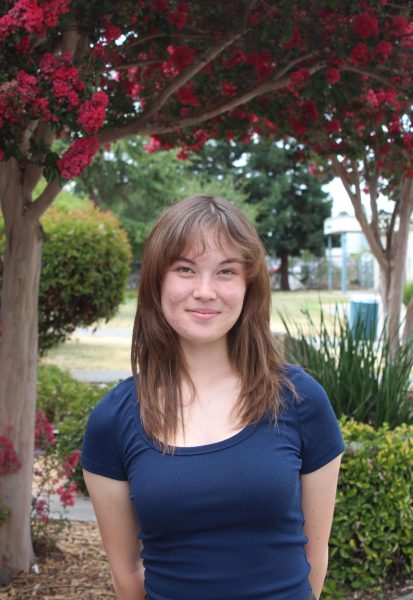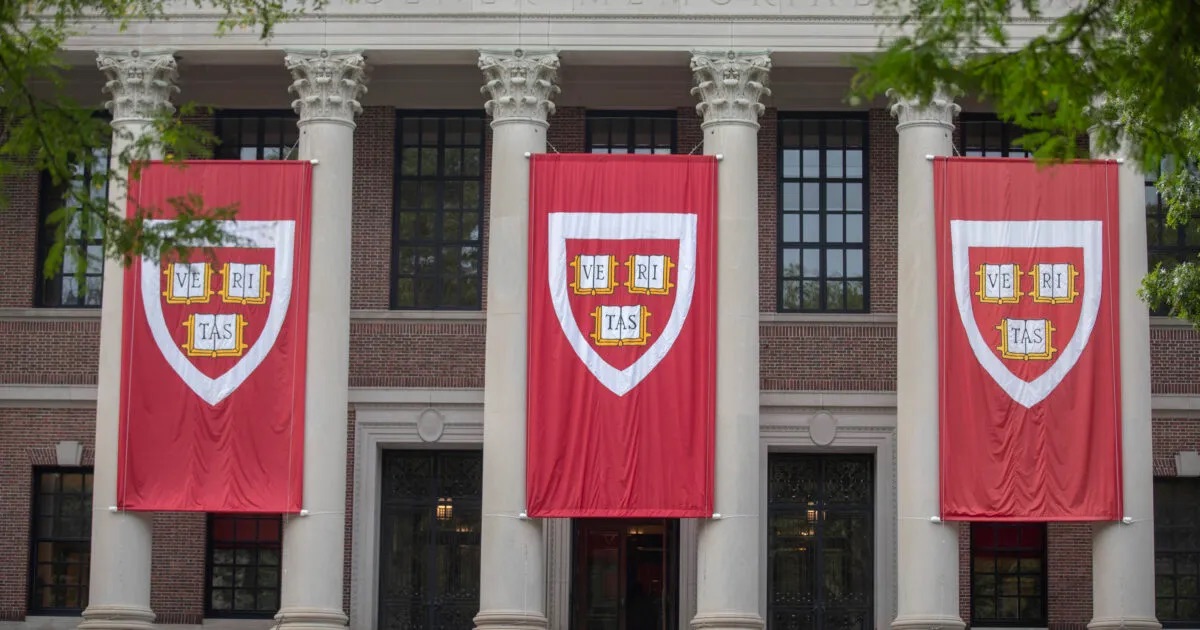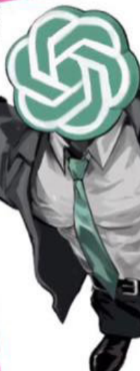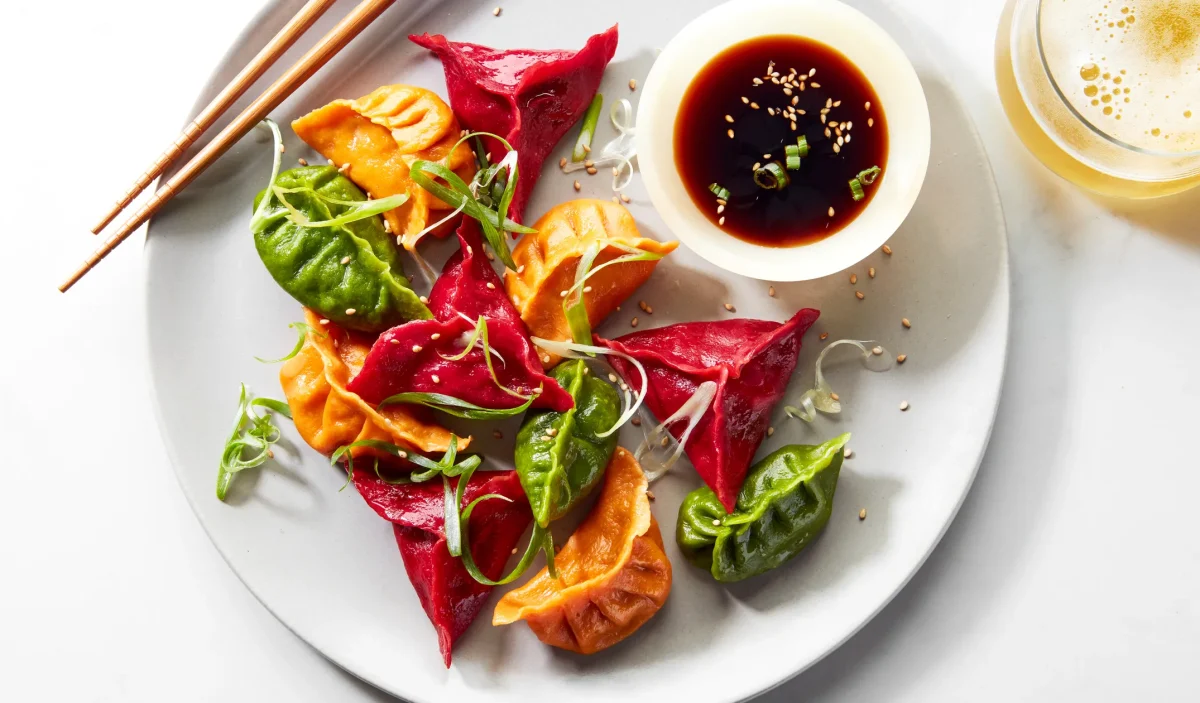When celebrating the Year of the Snake, families across the globe gather during one of the most important annual celebrations among East and Southeast Asian cultures: Lunar New Year. Although Lunar New Year is traditionally associated with the Chinese calendar, the holiday is celebrated differently across Asia, with several Southeast Asian countries following the Buddhist calendar and a couple East Asian countries following the Tibetan calendar. However, Lunar New Year according to the Chinese calendar shares similar dates with several other countries, including Korea and Vietnam.
Despite its name, Lunar New Year according to the Chinese calendar does not follow a lunar calendar and instead follows a lunisolar calendar. Chinese Lunar New Year, otherwise known as the Spring Festival (Chūnjié 春节), originated about 3,500 years ago from the legend of Nián 年. Nián, translating to “year” in English, was a mythical beast that could be frightened by loud noises and the color red. To ward off evil spirits and negative energy, colorful fireworks and firecrackers are set off, and red lanterns and couplets are used to decorate windows and doors. Additionally, houses are thoroughly cleaned before Chinese New Year to sweep away the bad luck and make room for the New Year’s good luck. However, cleaning on New Year’s Day is believed to sweep away the good luck. Chinese New Year, which traditionally lasts sixteen days, is an especially important holiday for family reunions. During Chinese New Year’s Eve (Chúxì 除夕), families celebrate by eating a reunion dinner, traditionally consisting of fish, dumplings, and rice cakes. Before the reunion dinner, however, families will honor the dead by offering sacrifices to their ancestors’ graves.
Another country that follows the lunisolar calendar is Korea, which celebrates Lunar New Year as Seollal 설날. During Seollal, families prepare and offer traditional gifts, such as cash, gift cards, ginseng, and honey. The first day of Seollal, a traditionally three day holiday, is Charye 차례, a ceremony where families honor their ancestors by preparing food upon an altar. Ceremonial dishes traditionally include, braised short ribs, stir-fried glass noodles, traditional Korean treats, and rice cakes. One of the most important customs for Seollal is sebae 세배, or the act of kneeling on the ground and bowing deeply. This custom is traditionally performed by youth for their elders to wish them a Happy New Year. In return, elders offer their blessings and sebae-don 세뱃돈, or New Year’s money. Seollal features many traditional games, such as yut-nori 윷놀이 (a team board game), neolttwigi 널뛰기 (seesaw jumping), tuho 투호 (arrow throwing), and hwatu 화투 (card games).
In Vietnam, Lunar New Year is known as Tết Nguyên Đán, or Tết, which represents the feast of the first morning of the New Year. Tết typically lasts for a week, including two days of the old year and five days of the new year. Families prepare for Tết by decorating homes with apricot blossoms in the south, peach blossoms in the north, kumquat trees, and flowers, such as chrysanthemums and orchids. Popular dishes during Tết include boiled chicken (ga luoc), red sticky rice (xôi gấc), Vietnamese sausage (giò lụa).
China, Korea, and Vietnam may have similar Lunar New Year celebrations, but each culture brings its unique customs and traditions. With many students at Irvington High School celebrating Lunar New Year, these variations in celebration have contributed to our school’s cultural diversity.





